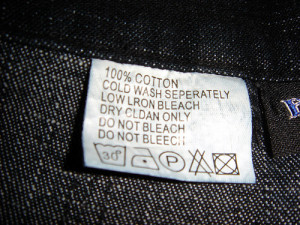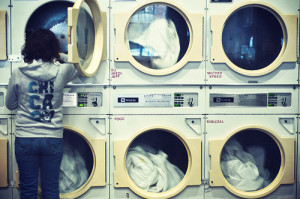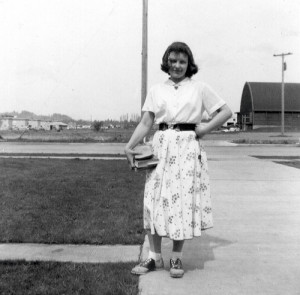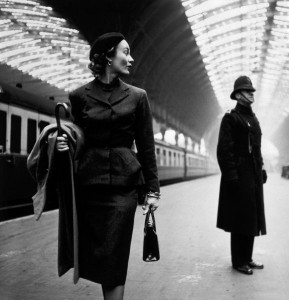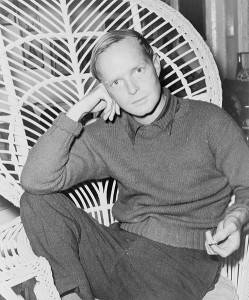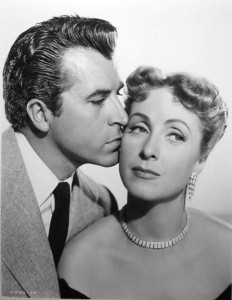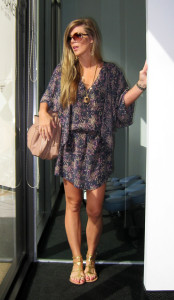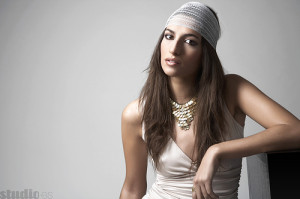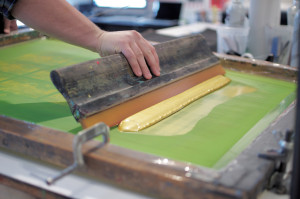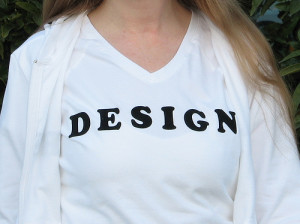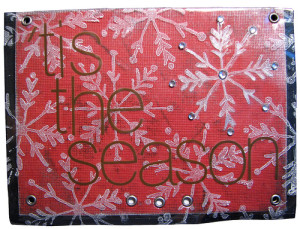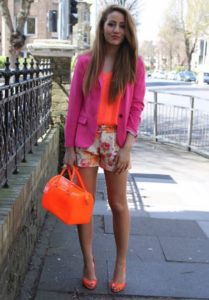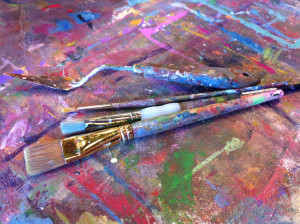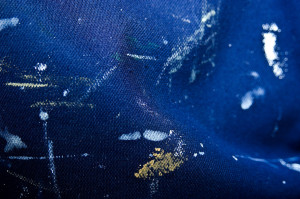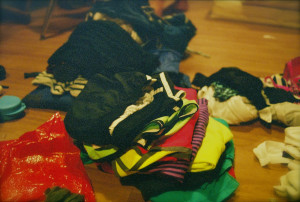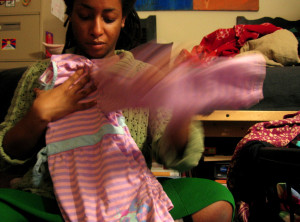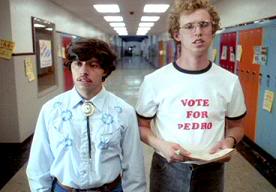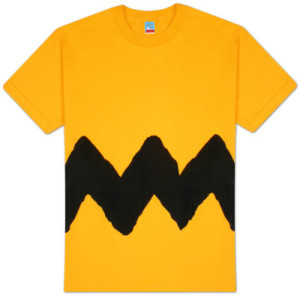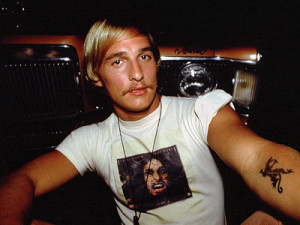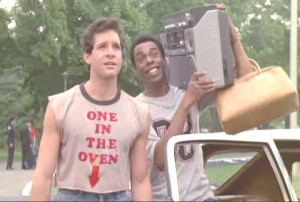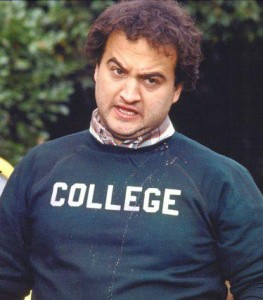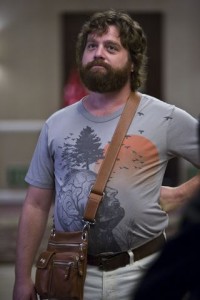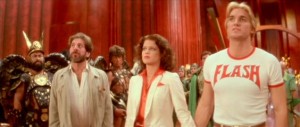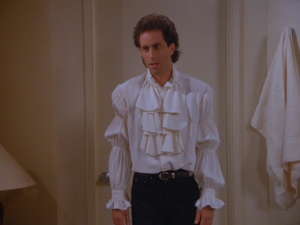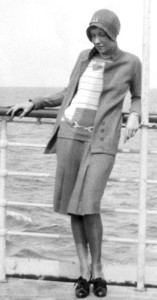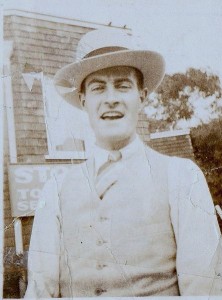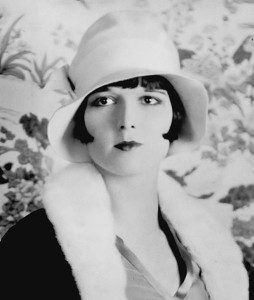When looking at the care instructions on the tag of your clothing, sometimes they write instructions and other times there are just clothing care symbols. Majority of the time I stare at these fabric care symbols and try to guess what they mean, and I’m usually wrong. Since I’d really rather not ruin my clothing I thought it was about time I researched these care labels and thought I would share my new found knowledge with the world!
Washing Symbols
The washing care labels are represented by what looks like a cup with two waves in it, like when kids draw waves for water. If the cup of water has one dot in the water then it’s machine wash cold, two dots for warm and three dots for hot. If there is a line underneath the cup, that means use a permanent press setting and two lines means use a gentle cycle. For example a cup with two dots and a line means machine wash warm, permanent press. If instead of dots there is a hand reaching into the cup, that means hand wash. If there is an X going through the cup, that means do not wash.
Drying Symbols
The dryer symbol is represented by a square with another symbol inside that tells you the drying instructions. If the square has a circle inside it that usually means it’s tumble dry and the circle represents the heat. A square with a filled in circle means tumble dry no heat, if the circle inside the square has a dot, then it’s tumble dry low heat. Two dots for medium heat and three dots for high heat. Like with the washing symbols if there is one line underneath the square, that means use a permanent press setting, two lines means use a gentle cycle. If the entire symbol, square and circle, l has an X through it, that means do not tumble dry.
If the square has three vertical lines inside of it, that means to drip dry the clothing. One horizontal line means dry flat. The last drying symbol has a small curved line, inside the square towards the top. It almost looks like an envelope, at least to me it does. This symbol means the garment needs to be line dried.
Other Symbols
The other symbols on the clothing care labels are instructions for ironing, bleach and dry cleaning. For drying cleaning there are two symbols. An open circle means dry clean. There may be additional letters or lines with this symbol but those are mainly for the dry cleaner. If the circle has an X, that means do not dry clean. Usually that means the fabric would react badly to the chemicals used in dry cleaning.
The ironing clothing care symbol looks like an iron, an old fashion iron, but an iron. If the iron has one dot then that means you need to iron, steam or dry the garment with low heat. Tow dots is medium heat and three dots is high heat. An X through the iron means do not iron. The other symbols is an X through 2 lines underneath the iron. This odd symbol means do not iron with steam. So you can iron it, just don’t use any methods that create or involve steam. To learn more about ironing check out my post on How to Iron T Shirts and Other Apparel.
Bleaching instructions are represented by a triangle. A plain, empty triangle means bleach as needed. If there are diagonal lines inside of the triangle then use non-chlorine bleach as needed, which is what I typically stick to when washing my clothes. The final symbol is a triangle, sometimes filled in and sometimes not, with an X through it which means do not bleach in any way or form, and that includes detergents with bleach in them.
For examples of these fabric care symbols, as well as more symbols, check out these resources:
Care Labels: Your Guide to Easy Care
Guide to Common HomeLaundering and Drycleaning Symbols
Your Guide to Fabric Care SymbolsFabric Care Symbols from the Cleaning Insitute

